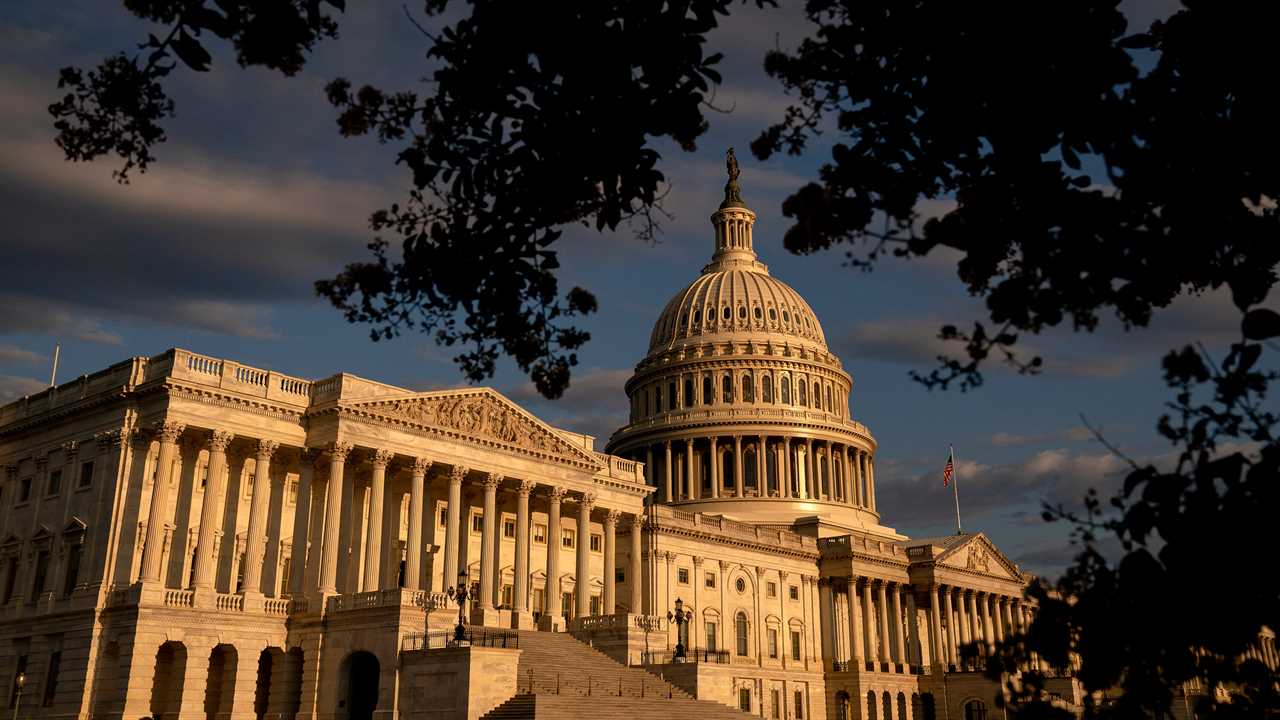
WASHINGTON — Top Democrats on Monday released legislation that would raise as much as $2.9 trillion to finance President Biden’s social safety net package through a series of tax changes, including increasing the amount that the wealthiest Americans and corporations pay in taxes.The legislation, released by the House Ways and Means Committee, amounts to an opening offer as Democrats in both the House and Senate try to cobble together pieces of Mr. Biden’s $3.5 trillion economic package, which would fund climate provisions, paid family leave and public education.The House bill proposes tax increases on wealthy corporations as well as individuals. But elements of the proposal are markedly different from what Mr. Biden initially proposed and what Senate Democrats have floated.Moderate and conservative Democrats have balked at the $3.5 trillion price tag and certain proposed revenue provisions, even as their liberal counterparts warn that they have already compromised on the package’s scope.Given that the Democrats plan to pass the bill along party lines, those differences will need to be worked out in the coming days. Party leaders have said they hope to reconcile the competing interests in the two chambers as much as possible before the legislation reaches the House floor.Here is what the House Ways and Means Committee, led by Representative Richard E. Neal of Massachusetts,proposed, and how it compares with other proposals from the White House and the Senate.The wealthiest would see their taxes go up.
House Democrats proposed raising the top tax rate on wealthy individuals to 39.6 percent from the current 37 percent. The new rate would kick in for married couples who have taxable income over $450,000 and single people who make more than $400,000.The increase, which mirrors what Mr. Biden proposed in May, would take effect at the end of December and revert the top tax rate to what it was before Republicans passed their 2017 tax cuts. The House plan would also increase the top capital gains rate to 25 percent from 20 percent, a far smaller increase than the near doubling Mr. Biden has suggested.The wealthiest — those with an adjusted gross income of than $5 million — would also face a new surtax of 3 percent under the House plan. While Mr. Biden has not proposed such a levy, Senate Democrats have suggested an even broader wealth tax than the House, proposing a one-time surtax on billionaires’ fortunes, followed by annual levies on the gains in value of billionaires’ assets.The House plan is less aggressive than those of the White House and the Senate in other ways, including when it comes to taxing inheritances. Some top Senate Democrats want to tax inherited assets based on the gain in value from when those assets were initially acquired, rather than what they are worth at the time of death. Moderate Democrats have complained that would unfairly affect smaller family farms and businesses, and the House bill does not include such a plan.ImageSenator Joe Manchin III of West Virginia, a key moderate Democrat, on Sunday reiterated that he would support raising the corporate tax rate to 25 percent from 21 percent now.Credit...Stefani Reynolds for The New York TimesCorporate taxes would rise.
Mr. Biden has suggested raising the corporate tax rate to 28 percent, a significant increase from its current level of 21 percent but still lower than the 35 percent rate that was in effect before the 2017 tax cuts. House Democrats instead proposed a graduated rate structure, with an increase to 26.5 percent for companies with taxable income of more than $5 million.The tax rate would remain at 21 percent for companies with income of more than $400,000, and drop to 18 percent for the smallest businesses, those with income of less than $400,000. For vulnerable moderate Democrats facing political backlash for supporting tax increases, that decrease could be a crucial distinction for whom they want to target with those provisions..css-1xzcza9{list-style-type:disc;padding-inline-start:1em;}.css-3btd0c{font-family:nyt-franklin,helvetica,arial,sans-serif;font-size:1rem;line-height:1.375rem;color:#333;margin-bottom:0.78125rem;}@media (min-width:740px){.css-3btd0c{font-size:1.0625rem;line-height:1.5rem;margin-bottom:0.9375rem;}}.css-3btd0c strong{font-weight:600;}.css-3btd0c em{font-style:italic;}.css-1kpebx{margin:0 auto;font-family:nyt-franklin,helvetica,arial,sans-serif;font-weight:700;font-size:1.125rem;line-height:1.3125rem;color:#121212;}#NYT_BELOW_MAIN_CONTENT_REGION .css-1kpebx{font-family:nyt-cheltenham,georgia,'times new roman',times,serif;font-weight:700;font-size:1.375rem;line-height:1.625rem;}@media (min-width:740px){#NYT_BELOW_MAIN_CONTENT_REGION .css-1kpebx{font-size:1.6875rem;line-height:1.875rem;}}@mediaBy: Emily Cochrane and Alan Rappeport
Title: How House Democrats Plan to Raise $2.9 Trillion for a Safety Net
Sourced From: www.nytimes.com/2021/09/13/us/politics/democrats-tax-plan.html
Published Date: Mon, 13 Sep 2021 22:51:57 +0000
Read More
 UK PoliticsWorld PoliticsVideosPrivacy PolicyTerms And Conditions
UK PoliticsWorld PoliticsVideosPrivacy PolicyTerms And Conditions
